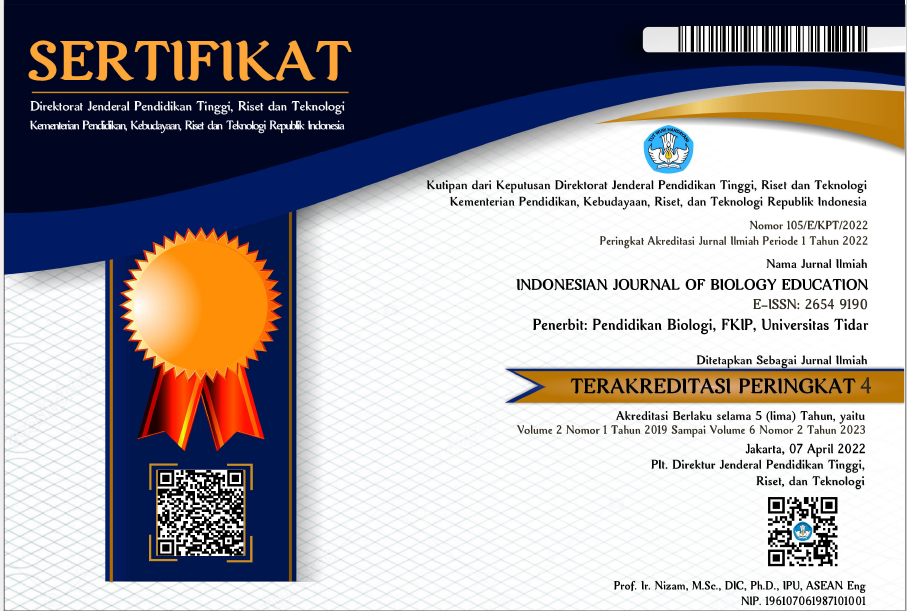Differences in Fermentation Time Varying Cassava Tapai Substrate, Purple Sweet Potatoes and Banana Kepok Based on Physical Properties, Organoleptic Characteristics and pH
Keywords:
Fermentation Time, Organoleptic Properties, Substrate Variation, TapaiAbstract
Tapai is a fermented product that is very popular with the public and has better nutritional value. Using various substrates in producing tapai can be a new alternative in diversifying food processing, one of which is purple sweet potato and Kepok banana, which are a problem in production and occupy the top ranking of agricultural products in Indonesia. Purple sweet potatoes and Kepok bananas have the same essential ingredients as cassava, namely starch. This research was conducted to determine the effect of fermentation time and substrate variations on the physical properties, organoleptic characteristics and acidity levels of cassava tapai, purple sweet potato and Kepok banana. This research was conducted using a completely randomized design experimental research method with a factorial pattern consisting of two factors. The first factor is the substrate factor, and the second is the fermentation time length. The analysis showed that the fermentation time and substrate variations influenced the physical properties, organoleptic characteristics and acidity level of the tapai. Overall, tapai-fermented food was preferred by panelists on the third day of fermentation.















